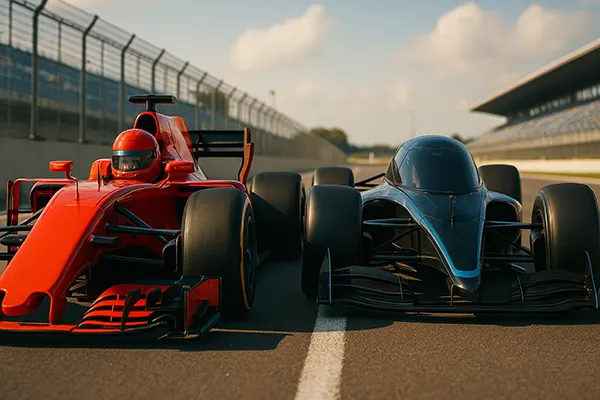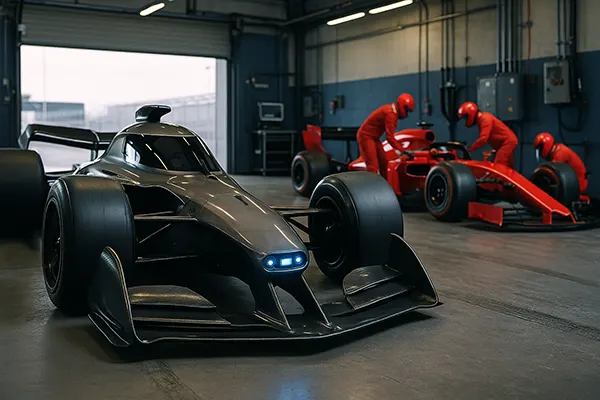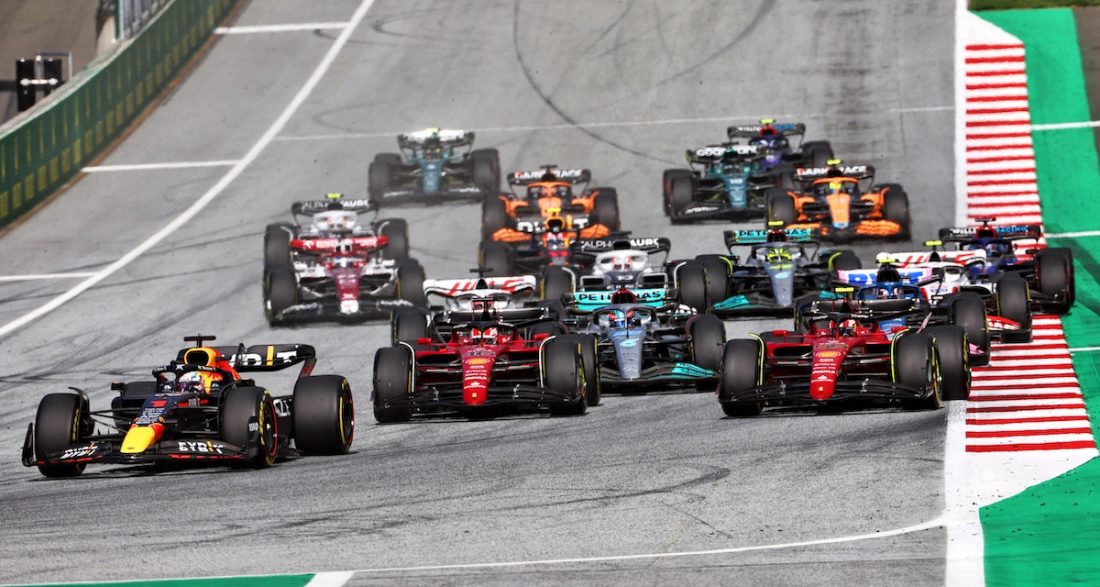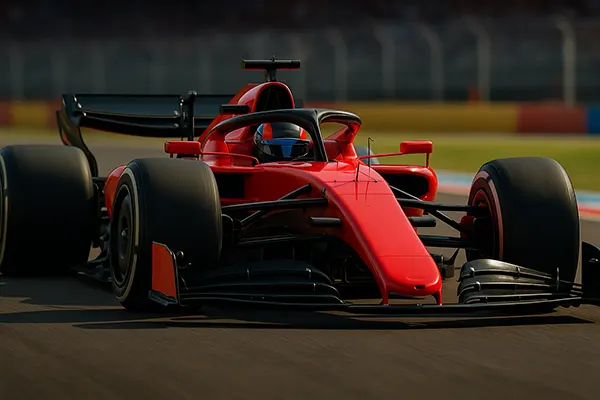
The Future of Artificial Intelligence in Motorsport: Will Algorithms Replace Drivers?
Artificial intelligence (AI) is reshaping various sectors, and motorsport is no exception. As of February 2025, AI technology has made considerable strides, not only in vehicle engineering and performance analytics but also in driver assistance systems. The growing presence of algorithms in racing raises an inevitable question: could they eventually replace human drivers altogether?
AI Integration in Modern Motorsport
Over the past decade, motorsport has increasingly embraced artificial intelligence to enhance performance and safety. Racing teams now rely on advanced machine learning models to predict weather changes, optimise pit stop strategies, and evaluate tyre wear. These models process vast quantities of telemetry data in real time, giving engineers a strategic advantage previously unimaginable.
Moreover, AI-driven simulators have become essential in training both rookie and seasoned drivers. These tools replicate real-world scenarios with high fidelity, allowing drivers to refine their reactions and strategies without stepping onto the track. This not only improves performance but also reduces operational costs.
Another key advancement is autonomous testing. Teams like Mercedes-AMG Petronas and Red Bull Racing have used AI-controlled vehicles for prototype testing. These self-driving systems help evaluate mechanical limits under extreme conditions without endangering human lives, laying the groundwork for broader algorithmic control.
Benefits of AI Beyond Human Limits
Artificial intelligence offers precision and consistency that humans simply cannot match. Algorithms can react within milliseconds, make split-second decisions, and handle data-intensive tasks without fatigue. This makes AI especially valuable in endurance racing, where human error becomes more probable over long durations.
In terms of safety, AI-powered tools such as predictive crash detection and adaptive vehicle control can prevent accidents before they happen. These innovations are already being explored in Formula E and endurance circuits, demonstrating tangible improvements in driver safety and car resilience.
AI can also provide impartial decision-making. In events marred by controversial rulings or subjective referee calls, machine-assisted adjudication ensures fairness by removing human bias. While still in early stages, these systems are gaining traction in junior motorsport categories.
The Human Factor: Still Irreplaceable?
Despite the rapid evolution of AI, most experts agree that human intuition, adaptability, and emotional intelligence are irreplaceable—especially in competitive racing. Drivers rely not only on technical knowledge but also on psychological tactics, instinctive moves, and charisma to outmanoeuvre opponents and engage fans.
Emotions play a central role in motorsport, influencing decisions that machines cannot replicate. Legendary moments in racing history often stem from bold, instinct-driven choices—qualities that current AI models lack. Moreover, fans form deep connections with drivers, not machines, reinforcing the importance of the human element.
There’s also the ethical and regulatory aspect. Motorsport bodies such as the FIA continue to enforce regulations that require a human presence behind the wheel, preserving the essence of competition and entertainment. As a result, full AI replacement remains a distant possibility rather than an imminent change.
AI as a Collaborative Tool, Not a Replacement
The future likely involves a hybrid model, where AI supports rather than replaces drivers. Augmented decision-making systems can guide drivers during high-pressure moments, while maintaining their autonomy on track. This approach enhances safety without compromising the sport’s competitive spirit.
Hybrid racing events featuring both human and AI-controlled vehicles have already been tested. Roborace, an autonomous racing series, illustrates the potential for parallel development. While its vehicles offer incredible precision, they still lack the unpredictability that defines human racing.
Ultimately, AI can elevate motorsport to new heights, but it thrives most when used in tandem with human expertise. The blend of machine efficiency and human ingenuity is where the true future of racing lies.

Implications for the Broader Industry
Advancements in AI within motorsport often trickle down to consumer automotive technologies. Innovations like adaptive cruise control, autonomous emergency braking, and lane-keeping systems owe much to racetrack experimentation. Motorsport serves as a high-stakes testing ground, accelerating real-world automotive progress.
Job roles within the racing ecosystem are also evolving. Engineers now require skills in data science and machine learning, while new positions—such as algorithm analysts and AI ethicists—are emerging. This diversification strengthens the industry’s resilience and fosters interdisciplinary collaboration.
Sponsorship and audience engagement are adapting too. AI-generated content, real-time statistics, and immersive augmented reality experiences are enhancing fan interaction. Brands see motorsport as a laboratory for cutting-edge tech, increasing investment and visibility in the AI-driven era.
The Road Ahead: Balance and Regulation
For AI to integrate seamlessly into motorsport, regulatory frameworks must evolve. Ensuring transparency, ethical usage, and fair competition is paramount. Regulatory bodies will need to strike a balance between innovation and tradition to maintain the sport’s integrity.
Collaboration between developers, teams, and authorities is essential. By establishing clear standards and ethical guidelines, the industry can harness AI’s potential without undermining the role of human talent. Transparent governance will also reassure fans and stakeholders.
Looking ahead, the focus should be on inclusivity—welcoming AI without marginalising drivers. Motorsport has always been a symbol of human ambition and progress, and its future should celebrate both machine intelligence and human brilliance in equal measure.




